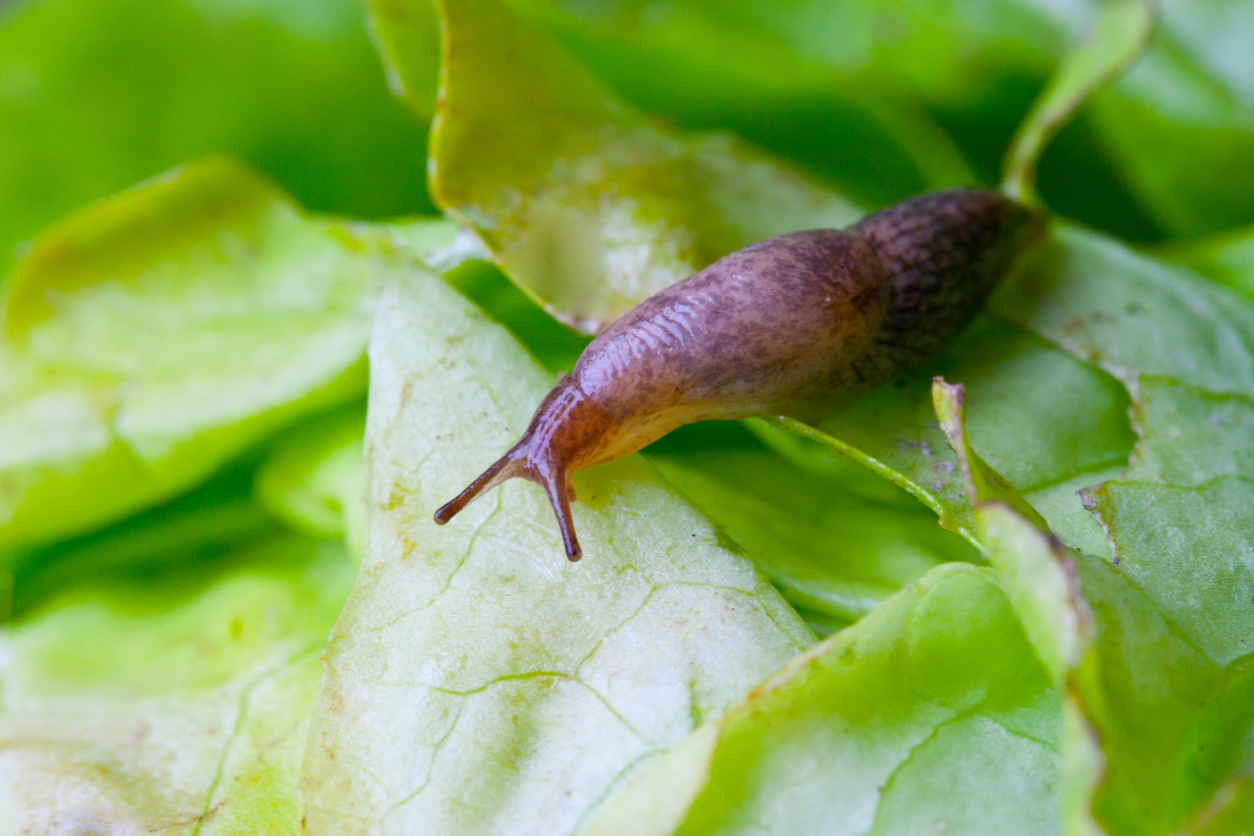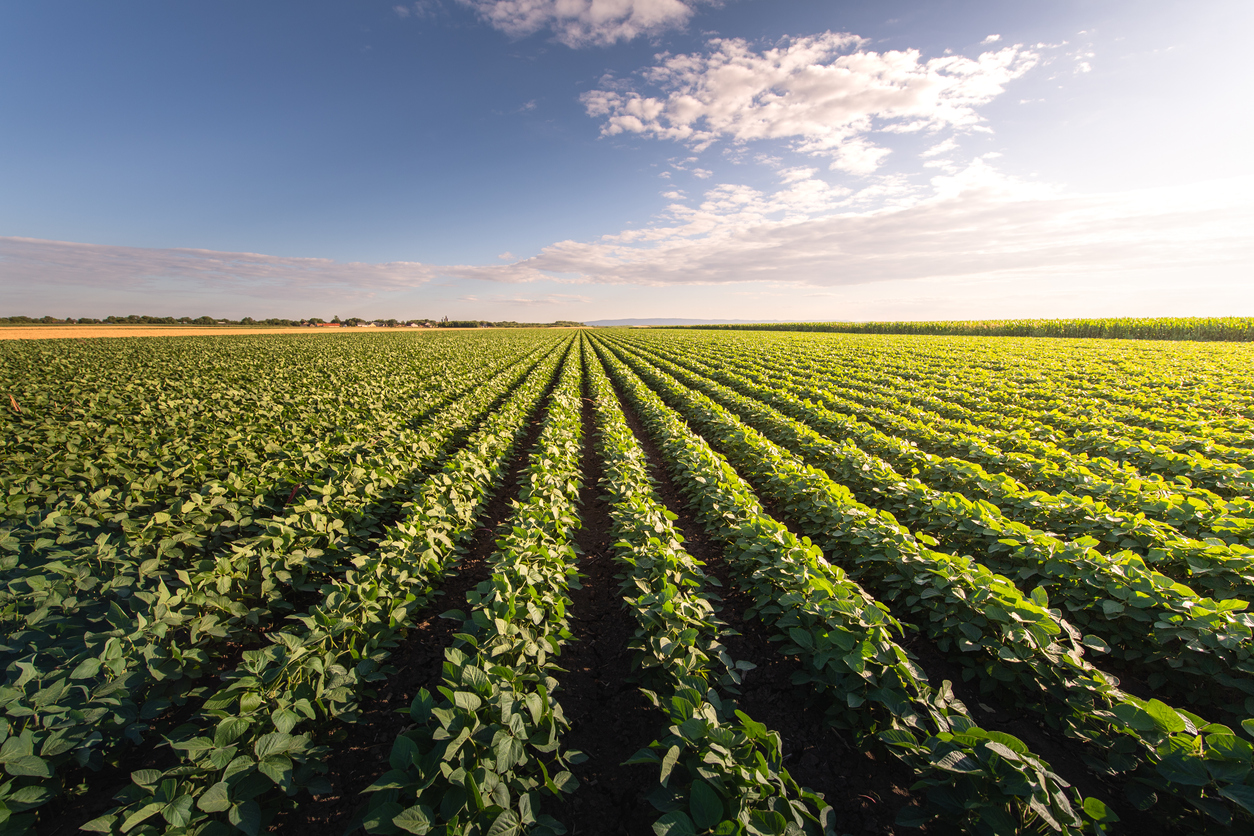Improving Water Infiltration and Permeability

Our summer rains have been quite variable. Some rains have been hard and fast while others have been slow and steady. About 10 days ago, “million-dollar” rain occurred; a slow steady all day 1” total rain. Million-dollar rains are called that because farmers assume that 100% of that precipitation can be utilized to increase crop yields. Yet, after that rain, a drive through the country side showed water standing in many fields. Dry weather occurred before this rain and the subsoil was dry. So why did these fields have standing water? The answer lies in poor soil structure due to excess tillage, a lack of active carbon, reduced soil microbial life (beneficial mycorrhizal fungi), and a lack of live roots year-round. These factors lead to dense hard crusted soil that seals over easily. Soils that seal over tend to have standing water and high potential for water and nutrient runoff. Typical permeability for a Hoytville soil is .6 to 2.0 inches of water per hour while a Latty or Fulton soi...



